Free Tropical Runtz seeds on orders over $150!
Cannabis Sulfur deficiency can result in serious negative effects and affect the health of your buds. This is because Sulfur is an essential mineral that performs many important functions in cannabis. Cannabis plants don’t need a lot of Sulfur, but they do need a certain amount. Sulfur is a major component of some amino acids and plays a key role in protein and enzyme formation.
Sulfur also promotes chlorophyll molecule formation and, thus, plays a major role in photosynthesis. Cannabis plants depend on photosynthesis for energy, however, they also get a lot from nutrients. Considering this, Sulfur deficiency cannabis can lead to stunted growth or even death in cannabis. Additionally, Sulfur must be present for the successful metabolism of nitrogen.
The first step you should take in learning How to Fix Sulfur Deficiency in Plants is to learn how to identify the problem when it attacks your cannabis plants. The symptoms of Sulfur deficiency are usually initially visible in the newer foliage when the leaves turn red or orange. After a while, the leaves will begin to weaken and get thinner and the growth rate of the plant plummets.
If your plants are in the flowering stage, the buds might begin to die as the veins of the leaves turn yellow and the stems grow taller but remain slim and woody. These symptoms will usually show up on the lower sides of the leaves and can, sometimes, be confused with nitrogen deficiency.
Besides Sulfur Deficiency Cannabis, cannabis plants can be affected by too much Sulfur in the system, otherwise called Sulfur toxicity. Sulfur toxicity has similar damaging effects as salt and can cause brown tips, wilted leaves, and a smaller plant.
Common symptoms of Sulfur deficiency include:
· Roots become brown and slimy
Sulfur is a partially mobile micronutrient, which means it moves very slowly through the plant system. Consequently, most signs of Cannabis Sulfur Deficiency tend to appear on middle leaves but can, with time, affect older and newer foliage. Sulfur is found in nature as a yellow mineral, which is its pure elemental form, but can also be found in sulfites and sulfates. The mineral form is not soluble in water so it cannot be absorbed through the roots by pot plants.
Sulfur deficiency occurs when your plants cannot absorb Sulfur, not because it is in its elemental form, but because there is a lockout. Simply put, Sulfur is available in its soluble, absorbable form, but your plants cannot access it. Possible causes of this problem include:
Now that you know how to diagnose it, let’s look at How to Fix Sulfur Deficiency in Plants. Your best move is to introduce an absorbable form of Sulfur like Epsom salts into your substrate to replenish the levels.
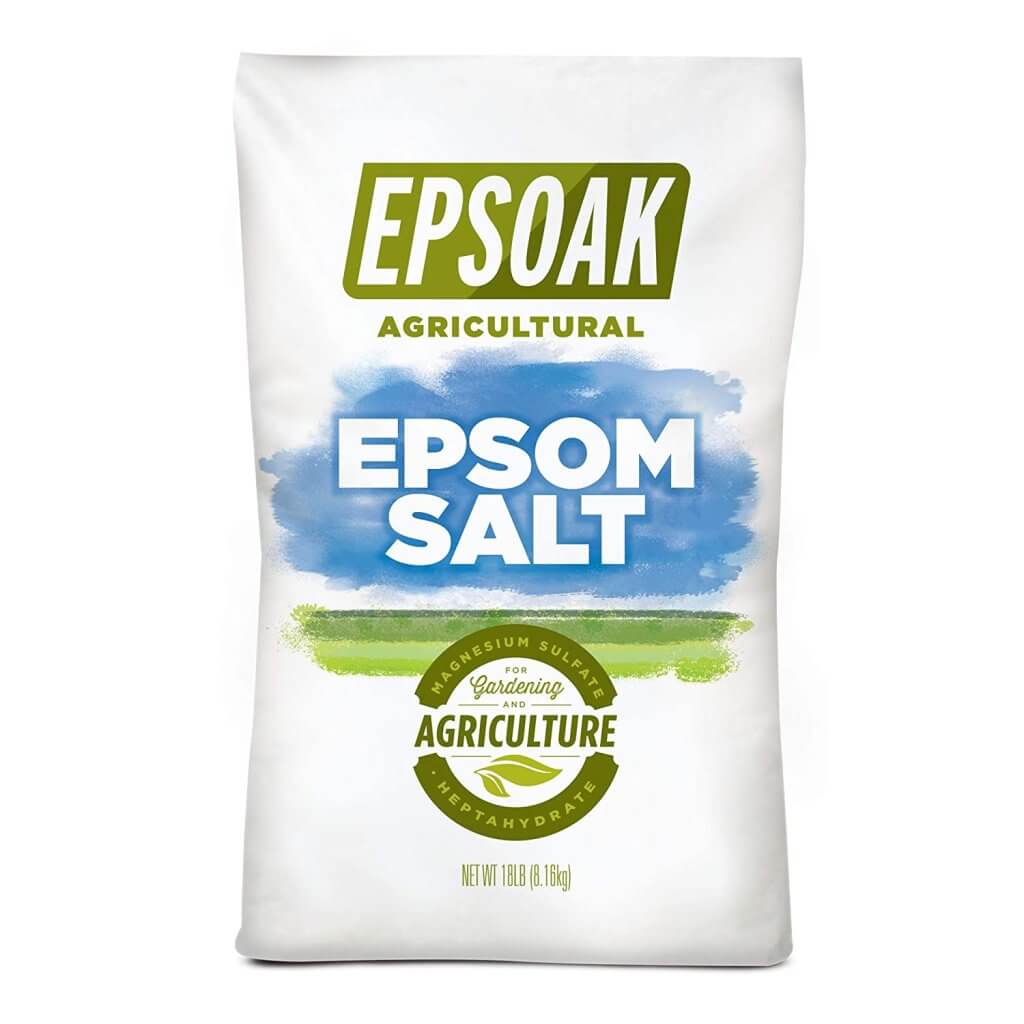
According to experts, about 1 to 2 teaspoons of Epsom salt for every gallon of water should be enough to create a Sulfur supplement. You can also use one of the following fertilizers:
Another great and constant source of Sulfur is manure, which works well for cannabis growers that live on or close to farms. It is a natural solution that lasts long and all you need to do is spread a layer or manure over your grow medium and let the nutrients leach into it as it composts. Alternatively, you can add one of the following to your grow medium:
Before applying gypsum, confirm that your grow medium has a pH level of at least 5.5. Lower pH values can create a toxic environment for your plants when combined with gypsum. You also want to maintain the pH at this level because this is when optimal absorption of Sulfur occurs both in hydro and soil setups. If the pH goes below this, Sulfur Deficiency Cannabis will occur.
Sometimes, symptoms of Sulfur Deficiency Cannabis like yellowing leaves can resemble nitrogen deficiency. The confusion can be more profound if the two problems appear on one plant at the same time. Consequently, Sulfur deficiency can be difficult to diagnose, even though it is less common than nitrogen deficiency. One way to tell the two apart is that leaf yellowing caused by Sulfur deficiency will usually start at the back instead of the tip. Other distinctions include:
Cannabis Sulfur Deficiency is very uncommon so you are not very likely to have to treat it. However, to remain on the safe side, feed your cannabis plants regularly with a balanced and proper dose of all the nutrients it needs and maintain the pH at a neutral level. Keep a keen eye on your plants and, if you notice the signs discussed here, follow our suggestions and your cannabis plants will recover.
If you determine that you don’t have a sulfur deficiency, it may be one of the other cannabis deficiencies, we recommend doing some research so that you can solve and prevent nutrient deficiencies if and when they occur.

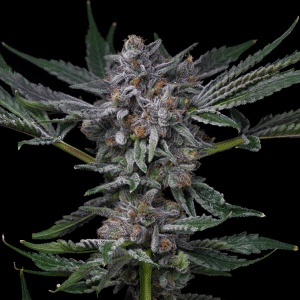
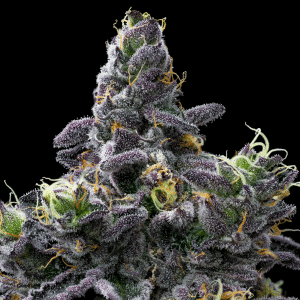
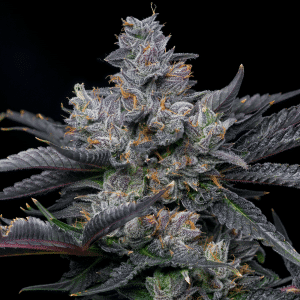
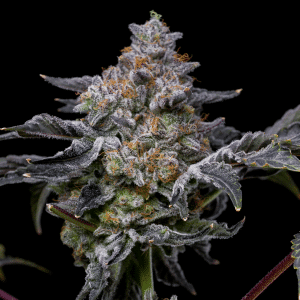
Offers
This product is not for use by or sale to persons under the age of 18. This product should be used only as directed on the label. It should not be used if you are pregnant or nursing. Consult with a physician before use if you have a serious medical condition or use prescription medications. A doctor’s advice should be sought before using any hemp products. All trademarks and copyrights are property of their respective owners and not affiliated with nor do they endorse this product. These statements have not been evaluated by the FDA. This product is not intended to diagnose, treat, cure or prevent any disease. By using this site you agree to follow the Privacy Policy and all Terms & Conditions printed on this site. All products contain less than 0.3% Cannabinoid-compliant with applicable Federal Laws. Please make yourself aware of any and all applicable laws regarding hemp in your jurisdiction. Premium Cultivars accepts no liability or responsibility regarding germination laws in any specific locale state or national jurisdictions.THCA products are not available for shipment to the following states: Hawaii, Idaho, Minnesota, Oregon, Rhode Island, Utah, Vermont *Note: Products with Total THC content above 0.3% must not be shipped to these states.
We want to help you get your hands on the seeds you want, take 20% off your next purchase when you enter your email below!
We want to help you get your hands on the seeds you want, take 20% off your next purchase when you enter your email below!